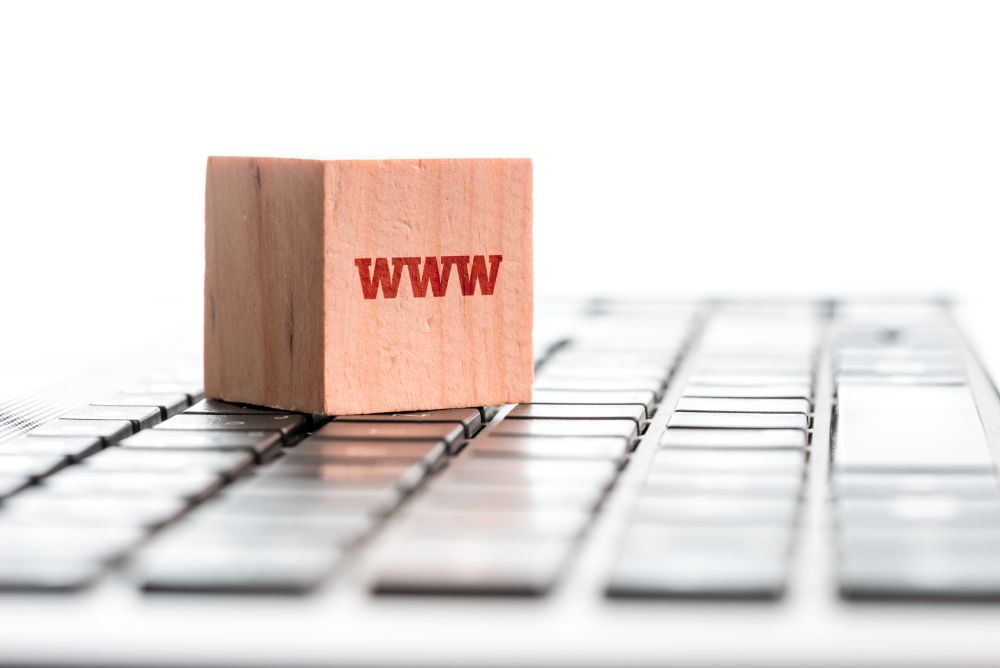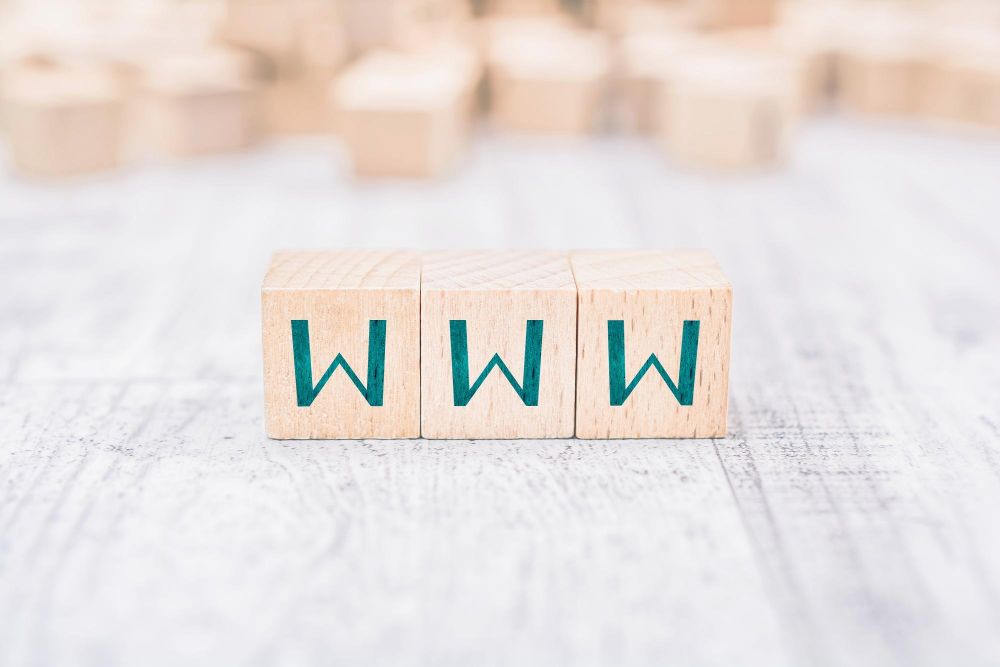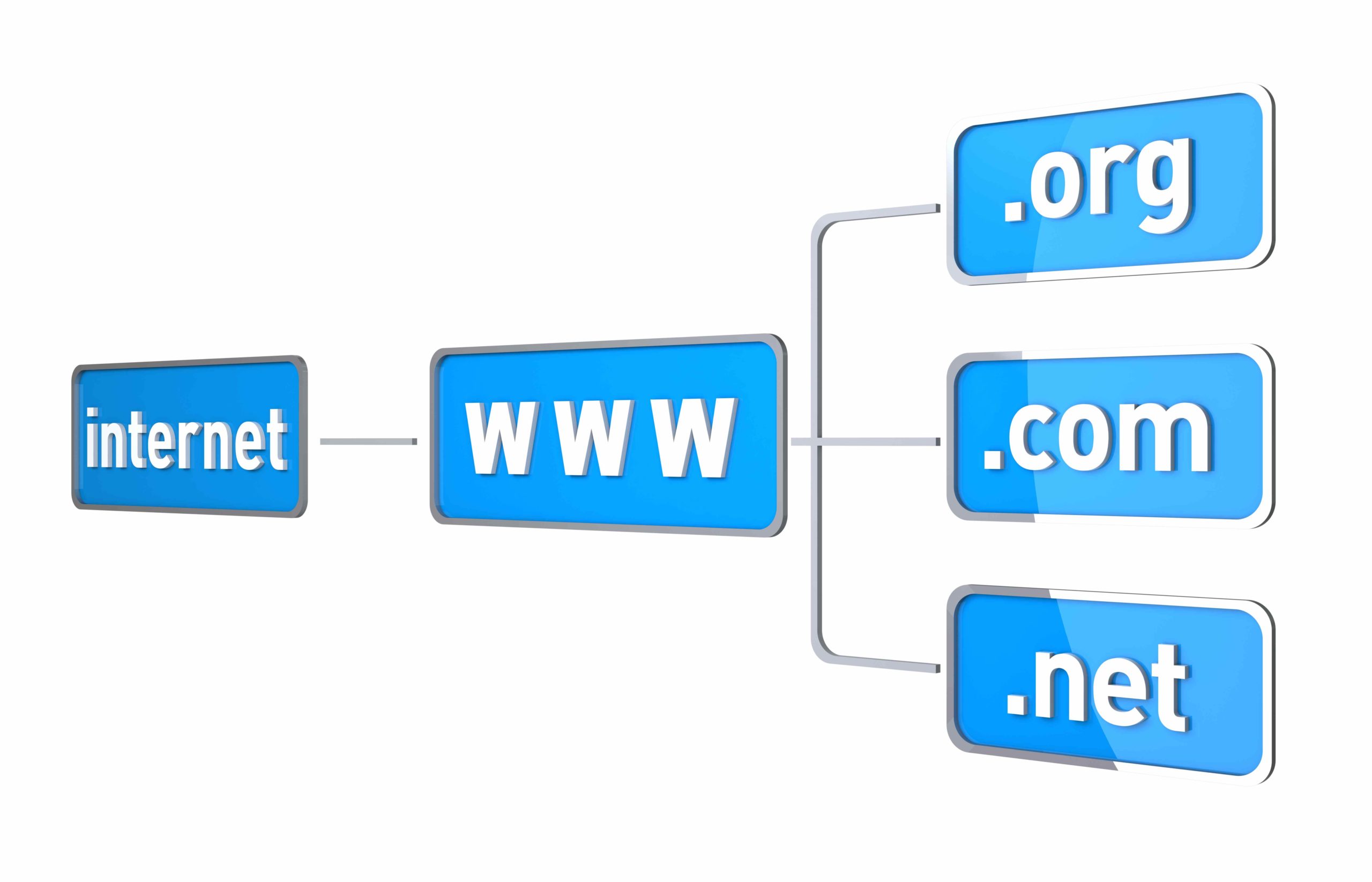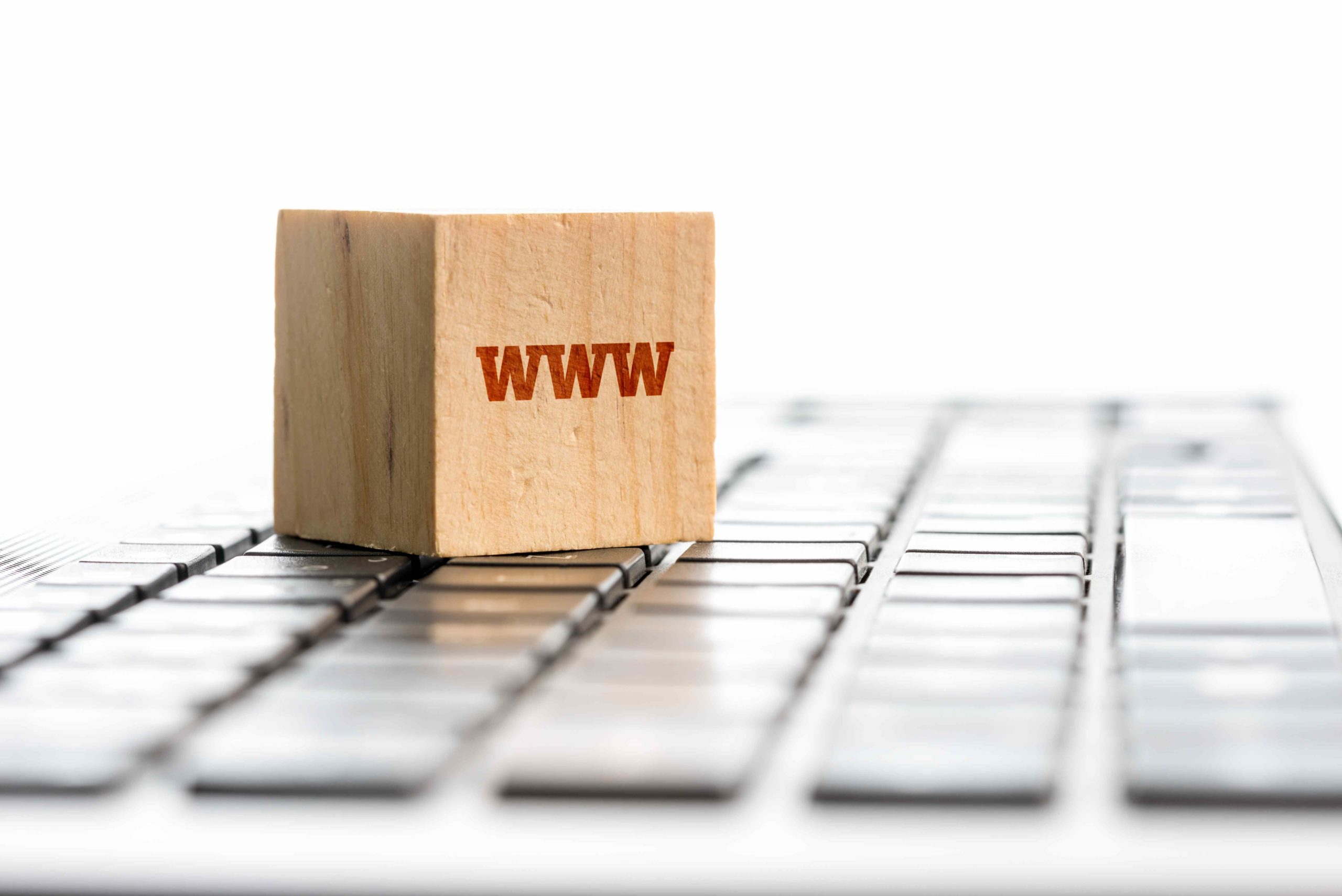
Are you concerned about the security of your precious domain name? Domain locking is an important security feature that can help protect your domain name from being stolen, transferred, or altered without your permission.
In this article, you’ll learn all about what domain locking is, the types of locks available, the purpose of domain locking, and how to unlock a domain.
So, if you want to ensure that your domain name is safe and secure, keep reading to learn more about domain locking.
Key Takeaways
- Domain locking is a security feature that prevents unauthorized transfer or alteration of a domain.
- Locked domain names provide an additional layer of security for website owners by preventing unauthorized access and tampering with domain settings.
- Domains can be locked for various reasons, such as expiration, domain age, change in registrant information, or legal issues.
- Unlocking a domain can be done from your control panel.
What is Domain Locking?
Domain locking is a security measure that prevents the unauthorized transfer or alteration of a domain. It ensures that the domain remains under the control of the rightful owner and helps protect website owners from cyber criminals.
Domain locks can be managed by the registrant or set automatically by the provider. It serves two main purposes: theft protection and domain master lock, where changes to domain settings and contact information can still be made.
Domain locking should be enabled to protect against domain theft, DNS hijacking, and malicious deletions. The process of enabling domain locking varies by provider but generally involves logging in to the Control Panel and navigating to the Order Information view, followed by selecting the ‘No Restriction’ option and clicking Update.
Different types of Domain Locks
When it comes to domain locks, there are two main types: registrar locks and registry locks.
Registrar locks are mandatory for all generic top-level domains and prevent registrars from transferring a domain to another registrar.
Registry locks, on the other hand, validate requests from registrars and provide better protection for thick registries.
Look at our article about domain registrars if you need more information on the subject.
Registrar locks
You may have come across two common types of domain locks: registrar transfer lock and full registrar lock.
Registrar transfer lock and full registrar lock both provide a layer of protection against unauthorized transfers, hijacking, and malicious lapsing.
Let’s delve into each one and understand how they work.
Registrar transfer lock
You can protect your domain from unauthorized transfer with a registrar transfer lock, one of the types of domain locks. Lock effectiveness is very low, as it only stops registrar transfer by fraudulent request.
It doesn’t prevent DNS hijacking or malicious lapsing, leaving domains vulnerable to cyber-criminals.
Full registrar lock
You can protect your domain from unauthorized transfer with a full registrar lock. It includes client delete prohibited, client transfer prohibited, and client update prohibited. This type of domain lock provides low protection, as manual and vigilant checks between registrar and owner are required.
With a full registrar lock, the registry doesn’t validate requests from the registrar, leaving the domain vulnerable to hijacking. Benefits include theft protection and prevention of domain modification.
Domain locking prevents unauthorized access and tampering with domain settings, ensuring the domain remains under the control of the rightful owner.
Registry locks
When it comes to domain lock security, registry locks offer an additional layer of protection.
It’s important to understand the types of locks available, such as full registry locks and CSC’s MultiLock.
These locks help protect website owners from malicious transfers and misdirected name servers.
Full registry lock
This type of domain lock requires manual and vigilant checks between the registrar and owner. It validates requests from the registrar, identifies unauthorized requests, and provides better protection for THICK registries with definitive WHOIS data.
Benefits include:
- Validate requests from the registrar, identifying unauthorized requests
- Better protection for THICK registries with definitive WHOIS data
- Protects against domain hijacking, DNS hijacking, and malicious deletions
CSC’s MultiLock
You can further protect your domain with CSC’s MultiLock, which is a different type of registry lock. CSC’s MultiLock combines registrar transfer locks and registry locks with additional mechanisms to protect THIN WHOIS details. Requests between the registrar and owner are manually validated, making it more secure than other types of domain locks.
CSC’s MultiLock is important for domain locking as it helps to protect against domain hijacking, DNS hijacking, and malicious deletions. Additionally, it ensures the domain is secure and remains with the intended registrar or web host.
What causes Domain Locks
When a domain is registered or transferred less than 60 days ago, it’s known as a domain age lock.
Additionally, any material change in the domain owner’s contact information will trigger a change registrant lock.
Lastly, legal issues can also lead to the locking of a domain name.
Domains expire
When your domain name expires, it gets locked by the registrar automatically. If you plan to use this domain further or want to transfer it to a different registrar, you need to renew the domain and unlock it first.
Domain Age
Domain Age locks occur for newly registered or transferred domains. After a domain is registered or transferred into a new registrar, it remains locked, and any transfers are prohibited.
Benefits of Domain Locking
Protect your domain from being transferred to another registrar without your permission
Protecting your domain from being transferred to another registrar without your permission is one of the main benefits of domain locking. It’s essential to understand the importance of domain security and take the necessary steps to properly manage your domain lock.
Here are three ways to ensure your domain is secure:
- Utilize registrar transfer lock: This type of lock is mandatory for all generic top-level domains (gTLDs), and it stops the registrar from transferring the domain to another registrar without authorization.
- Engage in full registrar lock: This type of lock requires manual and vigilant checks between the registrar and owner. It’s important to be aware of the risk of removing locks without additional verification steps.
- Use full registry lock: This type of lock is validated by the registry to identify unauthorized requests. It’s especially beneficial for thick registries with definitive WHOIS data.
Prevents changing DNS without your permission
Domain locks prevent unwanted DNS changes. In a malicious DNS change, also known as DNS hijacking, a bad actor can basically redirect all of your users to a different website.
Prevents changes in domain contact information
Domains lock can also protect you from changing the contact information of your domain without your consent. Unwanted changes in administrative information can lead to legal issues, harm to your website’s reputation, or even loss of your domain.
How to unlock a domain?
You can easily unlock a domain by logging into the Control Panel of your domain.
- First, locate the domain name that needs to be unlocked.
- Next, navigate to the Order Information view and click on the Lock/Suspend link to access the unlocking page.
- Select the ‘No Restriction’ option and click Update to unlock the domain.
It’s important to understand the importance of domain locking and how to disable domain lock in order to maintain control over the domain.
Unlocking a domain is usually a straightforward process, but if unable to unlock it, contact the provider for assistance.
Frequently Asked Questions
What Is the Cost of Domain Locking?
The cost of domain locking depends on the registrar. Some registrars offer this service for free, while others charge a small fee.
How Long Does a Domain Remain Locked?
A domain typically remains locked until it is renewed or expires. After expiration, it can remain locked for up to 60 days, depending on the registrar’s policy.
You can learn how to check the domain expiry date here: https://quirk.biz/how-to-check-domain-expiry-date/
Are There Any Other Security Measures I Can Take Apart From Domain Locking?
Apart from domain locking, you can also opt for domain privacy and secure your DNS to protect your domain. Domain privacy hides your contact info from public view, while DNS security helps prevent malicious attacks.
What Happens if I Forget to Unlock My Domain Before Transferring It?
A domain can`t be transferred while there is an active lock.
Conclusion
Domain locking is an essential security feature for anyone with a domain name. It helps protect your domain from being stolen, transferred, or altered without your permission.
There are different types of domain locks available, and the process of unlocking a domain can be complicated. But, with the right precautions and understanding of the process, domain locking can provide you with the peace of mind that your domain name is secure.
So, don’t hesitate to lock your domain and protect your online presence.

































































